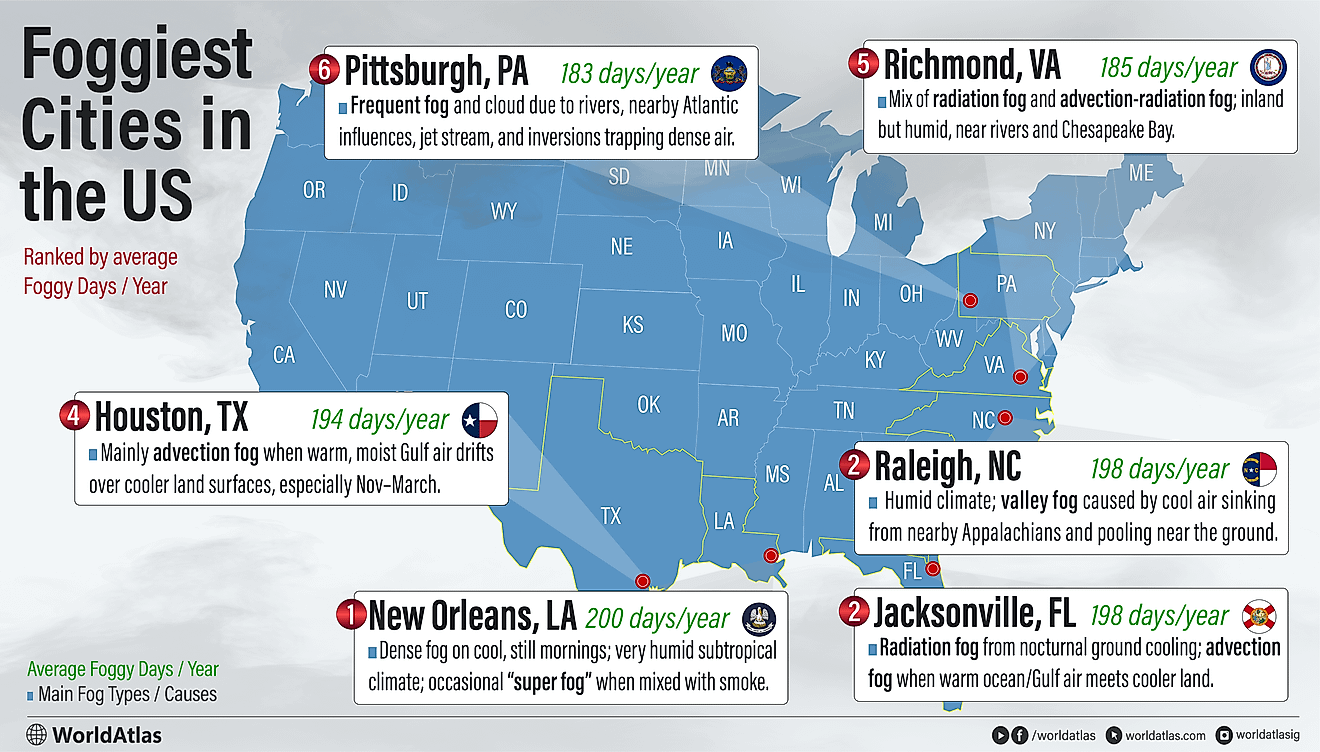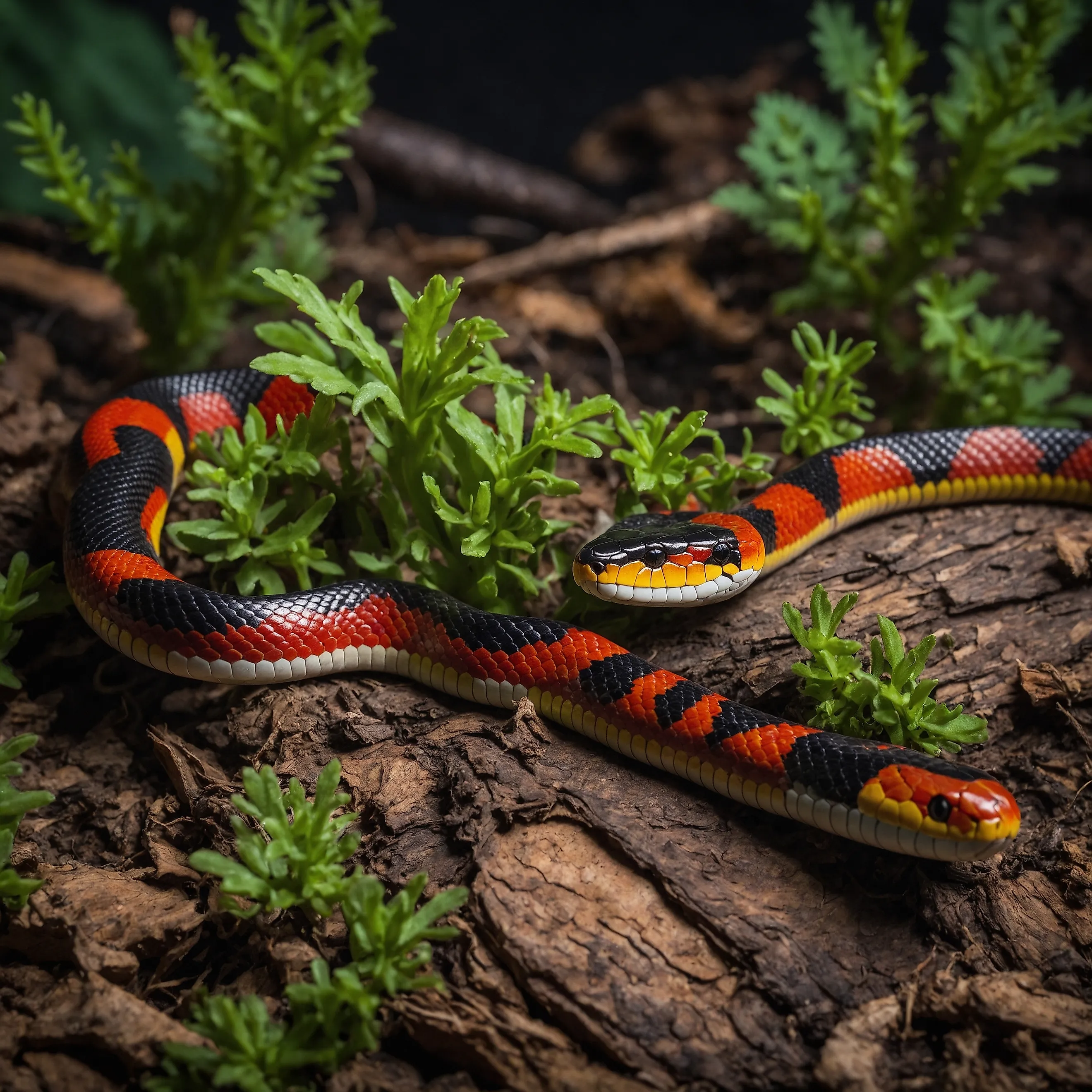
Which US State Has More Venomous Snakes: Florida Or Arizona?
In the intricate selection of Earth's biodiversity, snakes are some of the most fascinating creatures to ever slither on the surface of the planet we call home. These creatures first appeared around 100 million years ago and are thought to have evolved from either burrowing or aquatic lizards. Snakes exhibit a wide variety of subspecies, each evolving and adapting independently to various habitats, from dense rainforests to barren deserts, each with their own skill set for survival.
Regarding venomous snakes in the United States, the states of Arizona and Florida are full of them! While Arizona beats Florida in this regard, both states exhibit a wide variety of venomous and non-venomous snakes. Arizona is known for its desert environment. With a hot climate and rocky terrain, venomous snakes find it the ideal habitat to hunt and reproduce, which steadies their population over the years. Florida provides a very different habitat for snakes. Swamps and wetlands provide a perfect habitat for aquatic snakes; this leads to a much more diversified snake profile in this state. So, Florida has more snakes than Arizona. However, Arizona is home to more venomous snakes than Florida.
Arizona
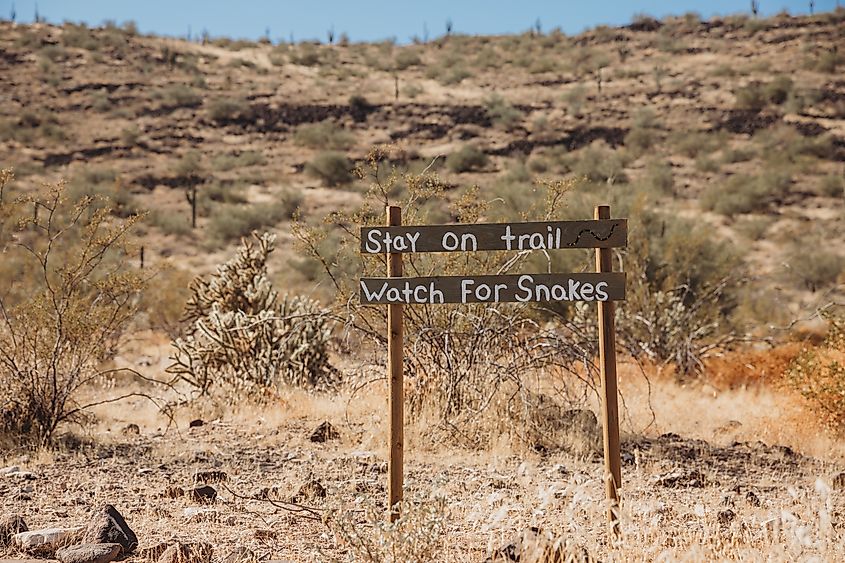
In Arizona, there are 40 different types of snakes, 21 of which are venomous and 13 of which are different types of rattlesnakes. Being a mostly dry and hot state, water snakes generally do not live in Arizona, but its terrain makes it the perfect environment for snakes to hide in the sand and catch their prey by surprise. Some of the common non-venomous snakes found in Arizona include the Arizona Milk Snake, the Glossy Snake, the Desert King Snake, the Blackneck Garter Snake, and many more. Some of the interesting ones have been mentioned below:
Arizona Coral Snake
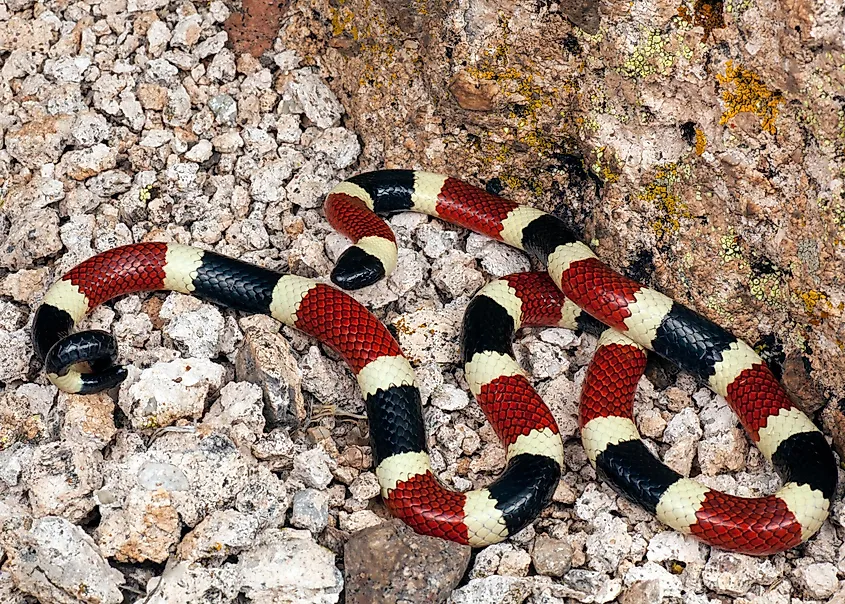
The first of the many venomous snakes included in this article is the Arizona Coral Snake. This snake can be identified by its colors, which include red, yellow, and black bands. This snake is nocturnal and feeds on lizards, small snakes, and occasionally rodents. It is also fairly docile, meaning that encounters are infrequent and not very dangerous. However, caution is advised when encountering this snake since it is still venomous and can threaten your health and safety.
Mexican Vine Snake
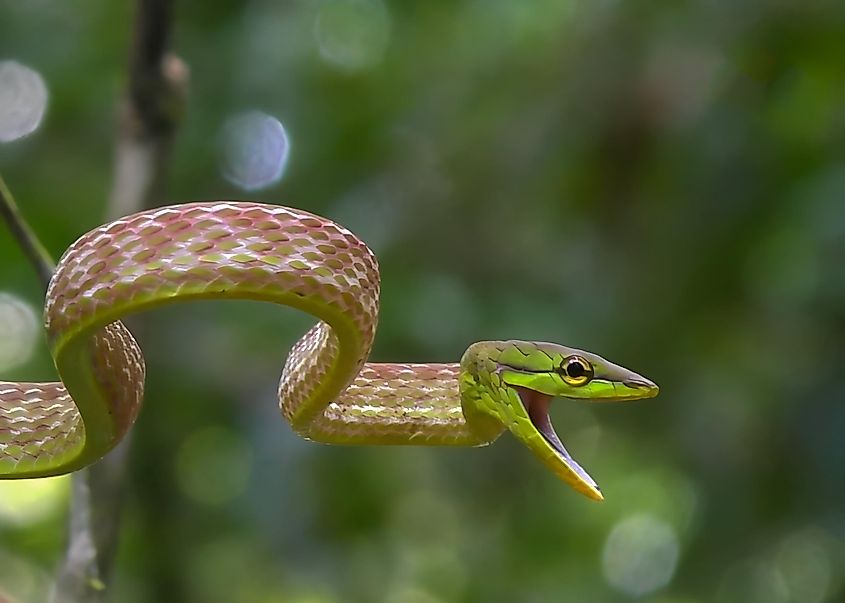
The Mexican Vine Snake is between 3 and 6 feet long and is very slender. These snakes are masters of camouflage and can easily be hiding in bushes or in foliage, so be very careful when reaching out into trees or vines. While its venom is not fatal, getting bit by this snake isn't exactly what you would call a fun time. Its venom causes an unbearable itch; the bite won't be painful, but the itching will be maddening. Nevertheless, seek medical attention if bitten by this snake to treat the itch properly and monitor your body's reaction to it.
Lyre Snake
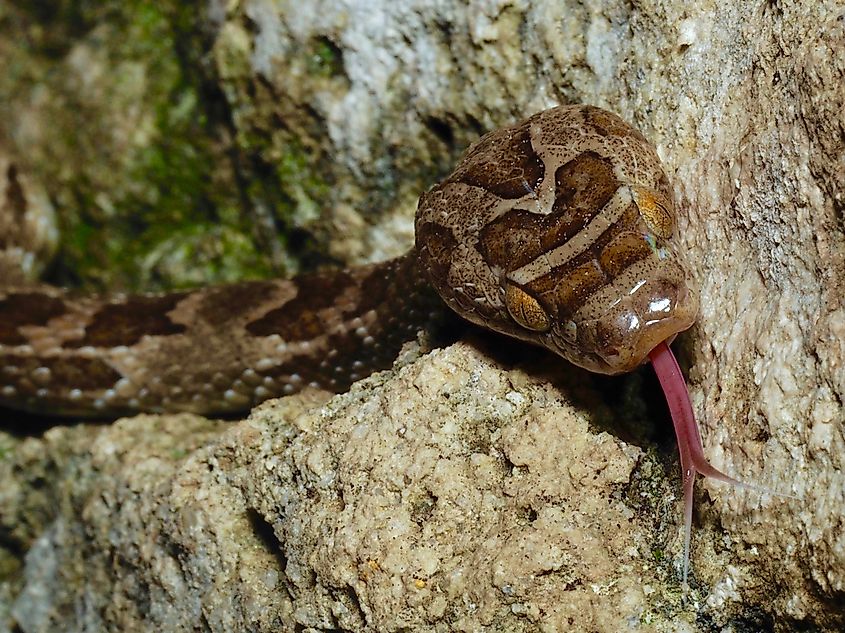
The Lyre Snake prefers a rocky habitat such as canyons and mountains. This snake can be identified by its tan color with dark brown patches running down their slithering bodies and also the 'V' marking present on their heads. While these snakes are venomous, their venom does not cause fatalities, but it does cause itching, swelling, pain, and other symptoms if not medically treated.
Rattlesnakes
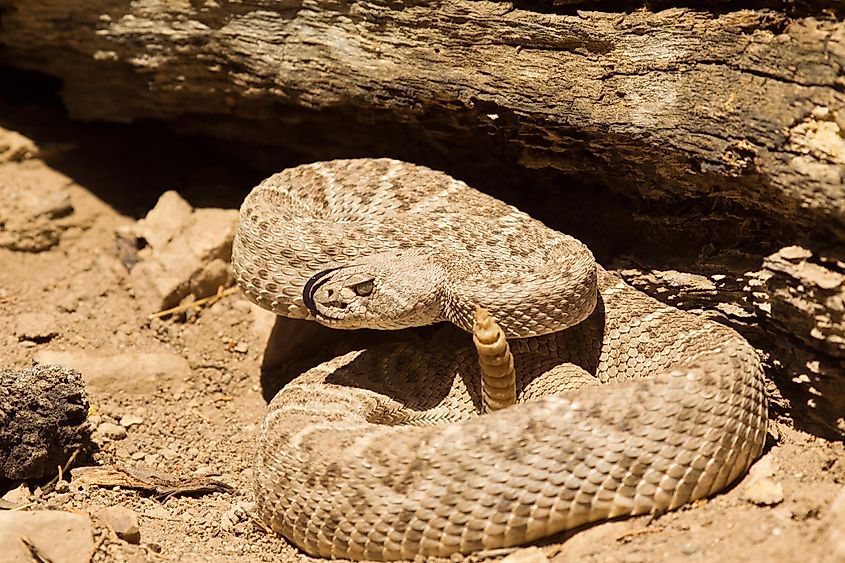
Finally, Rattlesnakes are very common in Arizona with around 13 different types: Sidewinder Rattlesnake, Arizona Black Rattlesnake, Great Basin Rattlesnake, Hopi Rattlesnake, Mojave Rattlesnake, Tiger Rattlesnake, Ridge-nosed Rattlesnake, Northern Blacktail Rattlesnake, Speckled Rattlesnake, Praire Rattlesnake, Western Diamondback Rattlesnake, Twin-Spotted Rattlesnake, and the Grand Canyon Rattlesnake. These snakes vary in color but are usually a mixture of brown and black. These snakes are identified by their signature rattle on the tip of their bodies and pack a mean bite. These snakes prey on rodents, lizards, and various types of nestling birds but have been known to attack humans. In 2021, a total of 79 incidents of biting were reported in the state of Arizona. While the rattlesnake's venom is rarely fatal when medically treated, they are however extremely painful.
Florida
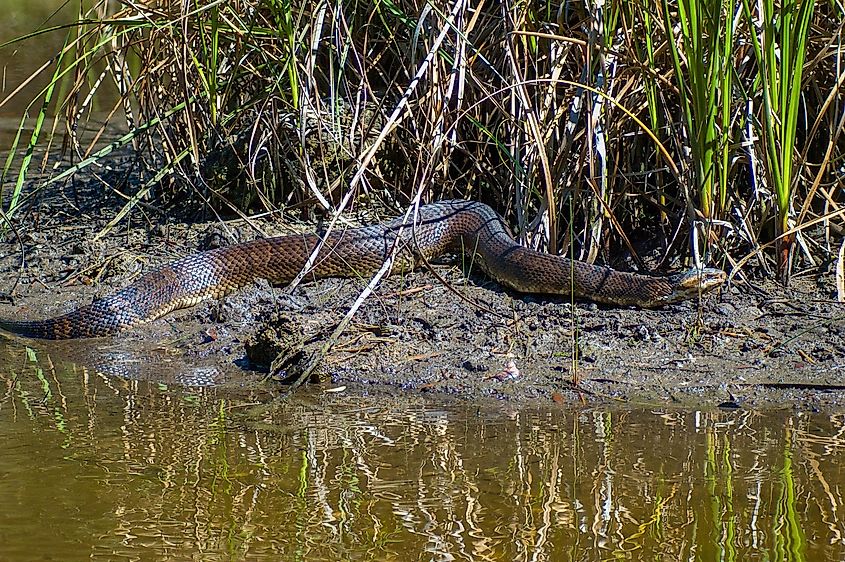
In Florida, there are over 50 different types of species of snake, 6 of which are venomous. Florida is known for its diverse range of habitats, such as grasslands, forests, swamps, and lakes, to name a few. This is ideal for snakes in that the diverse landscape offers many different habitats for different snakes to thrive in. Some of the most common non-venomous snakes in Florida include the Black Pine snake, the Black Racer snake, the Corn Snake, the Garter snake, the King snake, and the Florida Rough Green snake. The venomous ones have been listed below:
Diamondback Rattlesnake
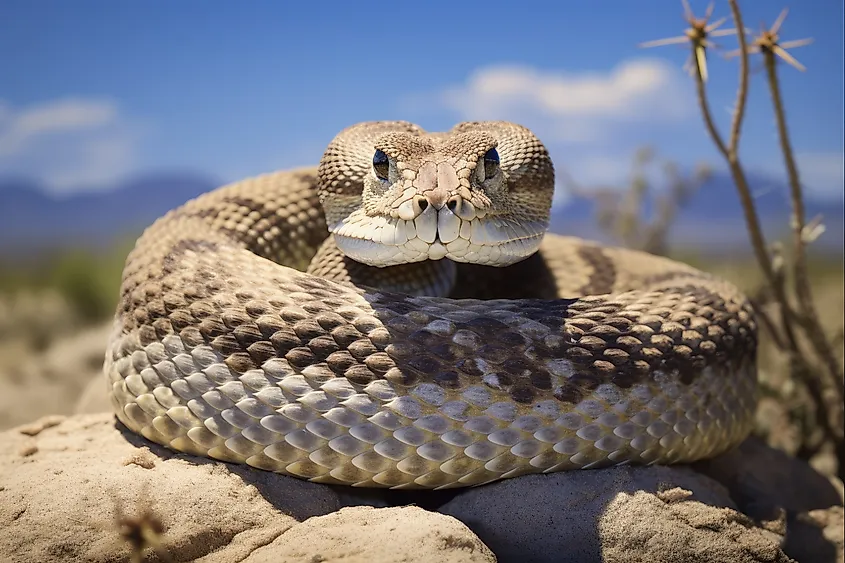
First on the list of venomous snakes in Florida is the Diamondback Rattlesnake, which is characterized by the gray/brown diamond pattern running down their bodies. This snake is considered the most dangerous snake in America, given that its venom is one of the most potent, and its venom gland can store more venom than most snakes, with a venom yield of up to 1000 mg. A bite from this slithering creature will leave you with a searing pain that spreads across the entire body whilst also killing cellular tissue, stopping blood clots, and causing cardiac arrest. Luckily, this snake is not very aggressive towards humans. However, it does pose a serious threat when encountered.
Timber Rattlesnake
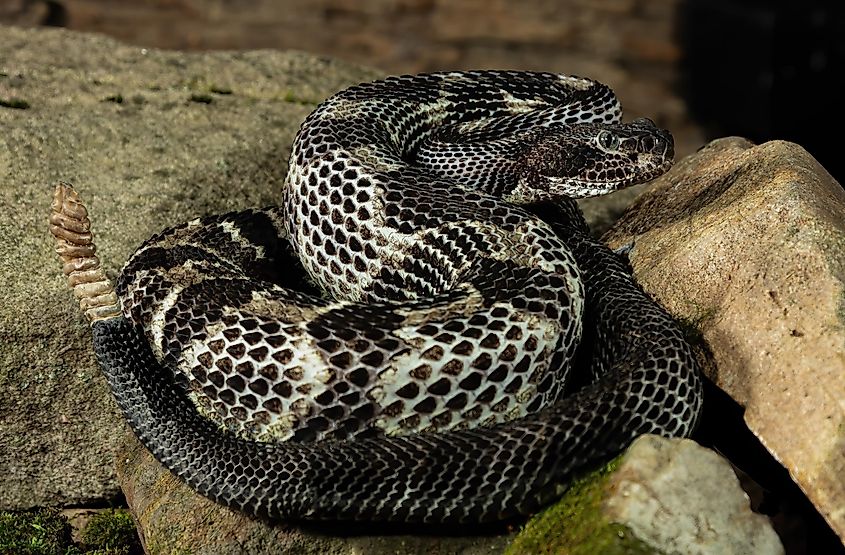
The Timber Rattlesnake can be distinguished from the Diamondback from its color patterns. Dark black horizontal stripes run down their bodies rather than diamond patterns. This snake also stores plenty of venom in its venom gland and has very long fangs for inducing it. The venom this snake produces is also potent to kill a human but strikes by this snake are rare.
Dusky Pygmy Rattler
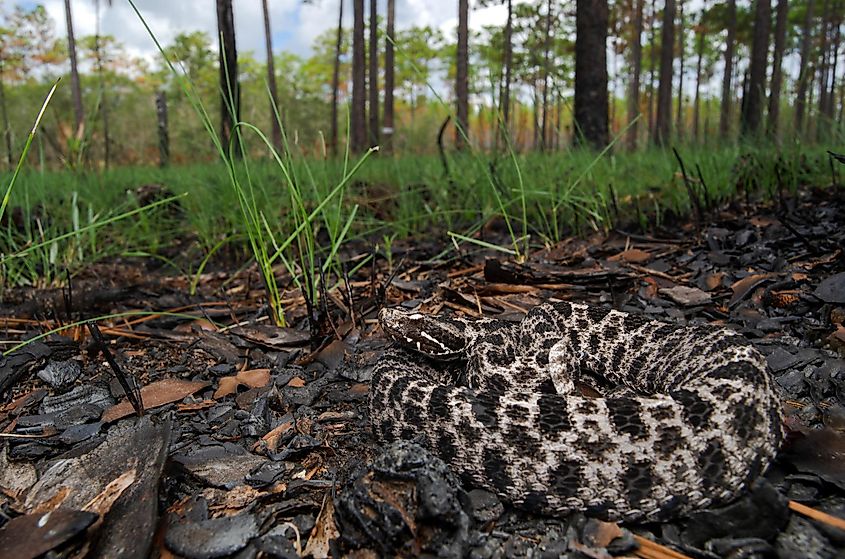
The Dusky Pygmy Rattler is much smaller than the Timber Rattlesnake and is characterized by dark brown spots running along its top and sides. Although this snake's venom yield is only about 18 mg, its venom is designed to stop blood from clotting. This would be an issue if you were bleeding. However, the real threat here is the internal bleeding that this venom can cause. Yet, there have been no recorded deaths from a Dusky Pygmy Rattler bite, putting this snake on the less threatening side of this list.
Eastern Coral Snake
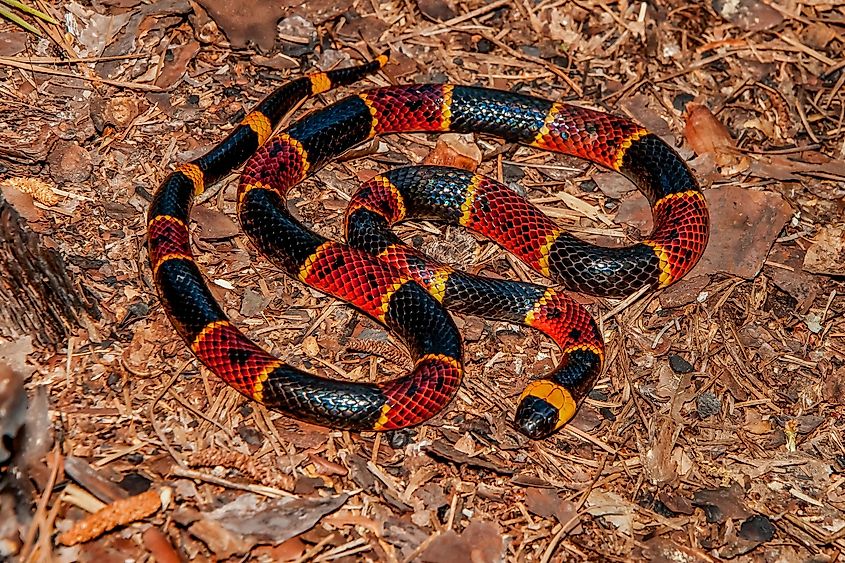
The Eastern Coral snake is in the same family as the Arizona Coral snake, hence their similar appearance, with red bands next to yellow bands running across their bodies. The venom on this snake is exceptionally dangerous; it is a neurotoxin that attacks the nervous system and stops the lungs and heart from functioning. However, this snake is fairly docile and hardly ever attacks humans; even in the cases when they do, they rarely use their venom.
Copperhead Snake
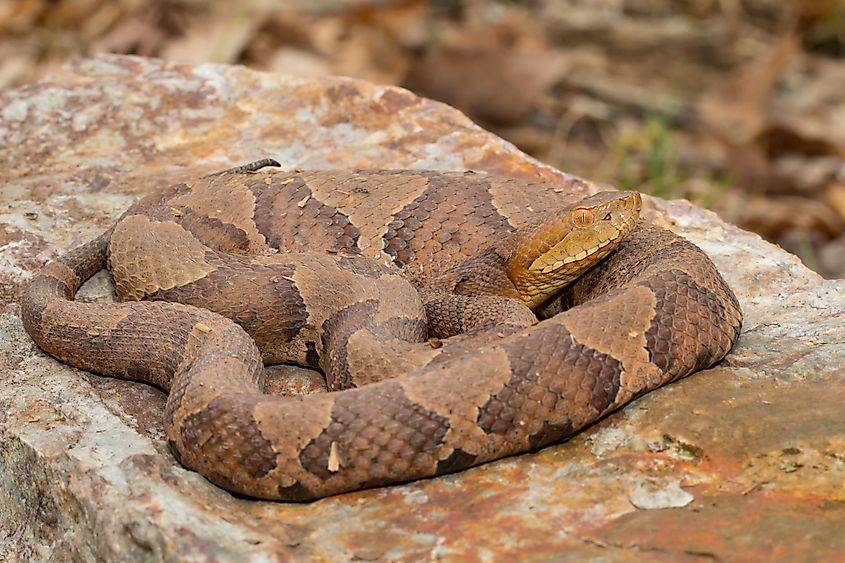
The Copperhead snake is characterized by its rusty red head, hence the name Copperhead. These snakes are ambush predators and usually avoid interacting with humans. Although this snake is still venomous, it is the least venomous snake on this list, meaning its bite stands very little chance of causing any serious health problems.
Cottonmouth Snake
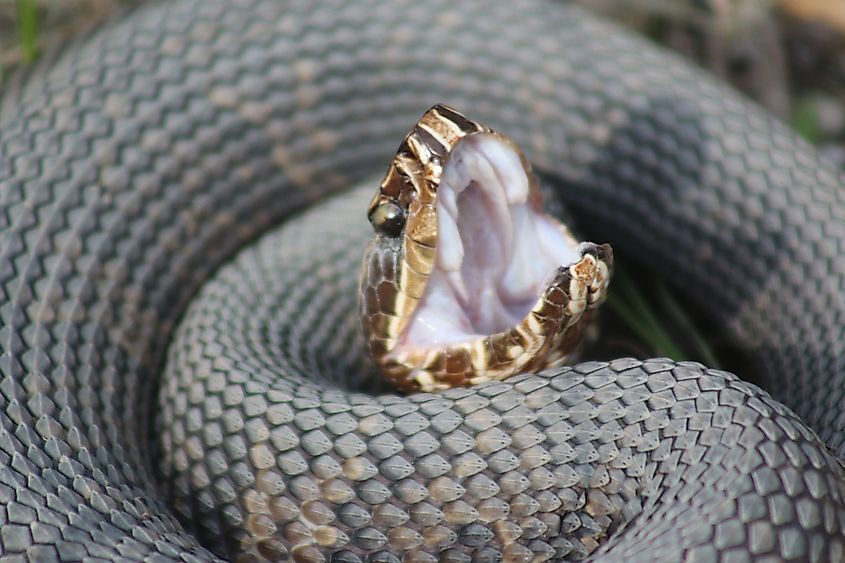
Finally, the Cottonmouth snake is one of the best-known venomous snakes in America. Also known as the Water Mocassin, a name it earned from preferring to live near water, its venom is toxic enough to kill a person. Fast-acting and dangerous, the venom kills the surrounding tissue around the bite, causing swelling and may even require amputation in the worst of scenarios. When threatened, the Cottonmouth will open its mouth, flare its fangs, and expose its white gums. This snake is one you should definitely avoid.
Arizona vs Florida
Both Arizona and Florida are home to numerous deadly animals, including venomous snakes. Arizona's climate and geography provide a unique desert environment that makes it an ideal habitat for venomous snakes. The state's hot climate and rocky terrain make it easy for such snakes to hide, hunt, and reproduce, resulting in a steady population for these reptiles and making this state the top candidate for harboring venomous snakes. On the other hand, Florida is swampy and dotted with wetlands, making it a more suitable habitat for aquatic snakes and other kinds; this makes Florida ideal for harboring a very diverse set of snake species. Thus, Florida has more snake species than Arizona, yet Arizona harbors more venomous snakes than Florida.










